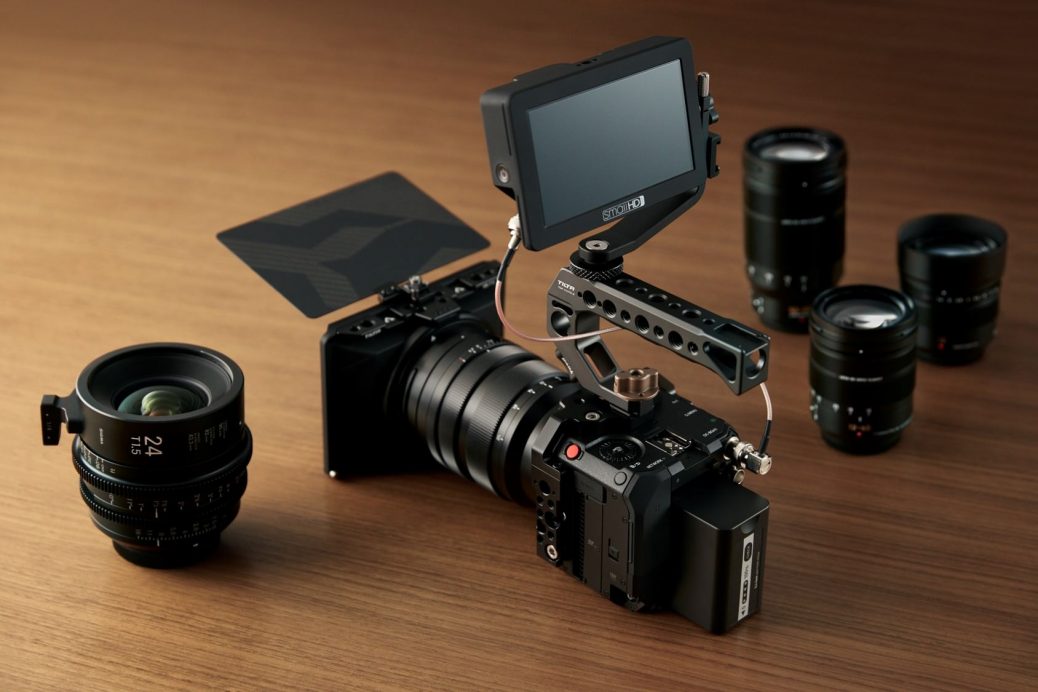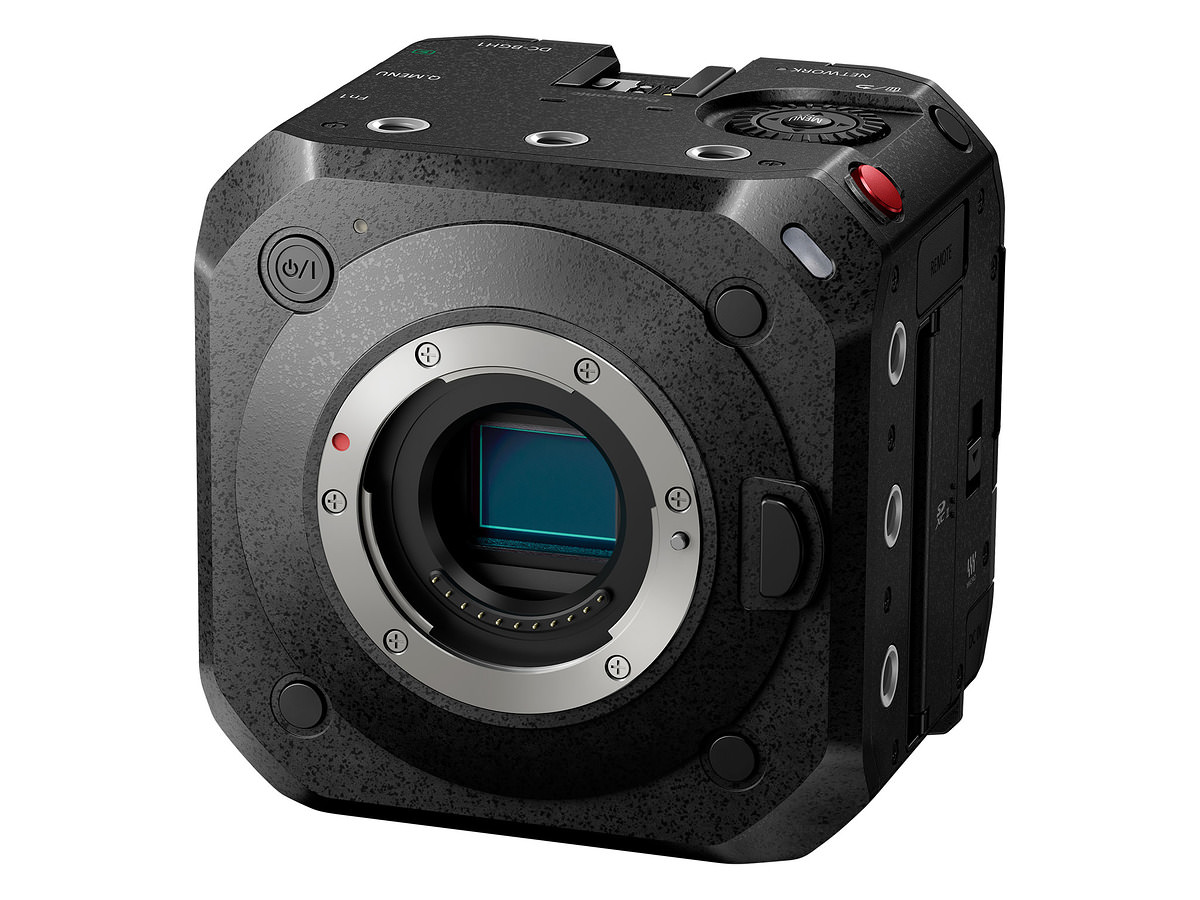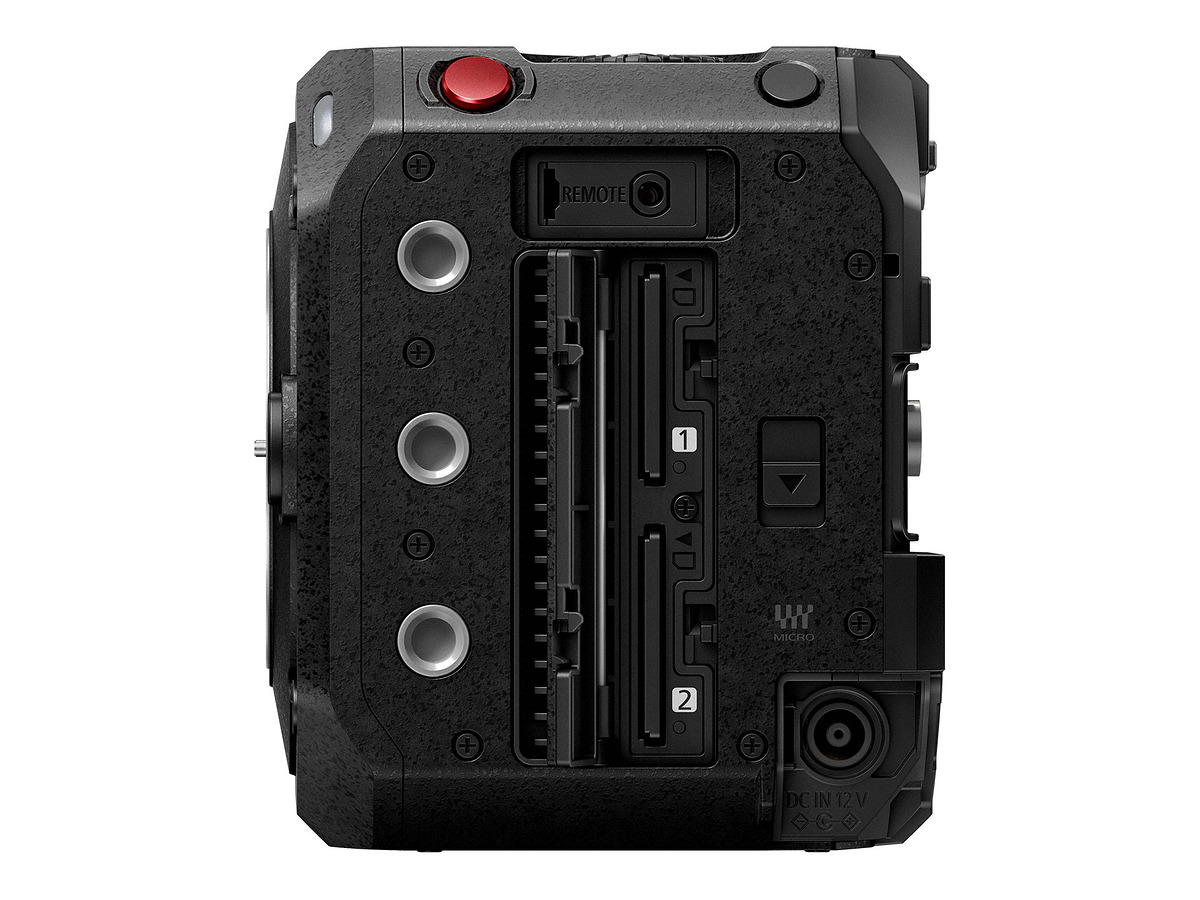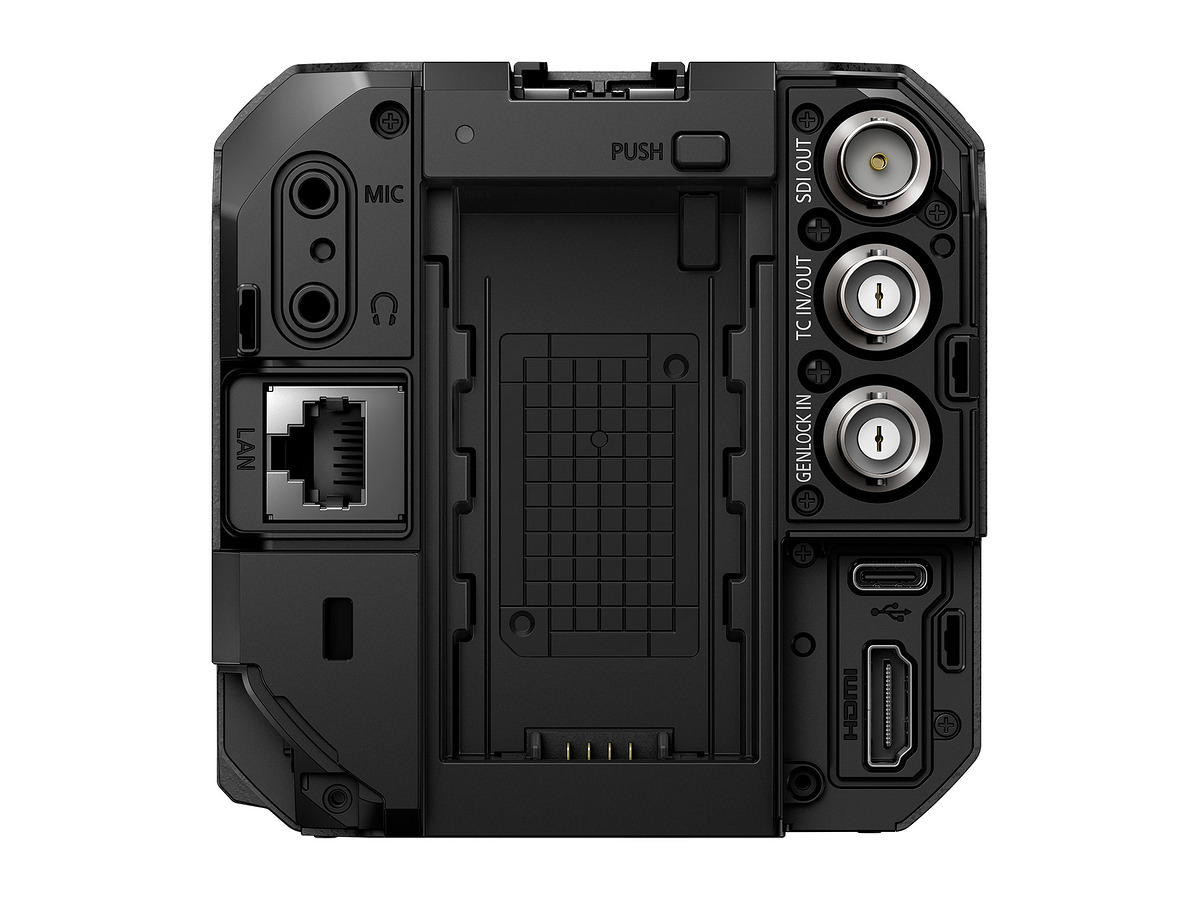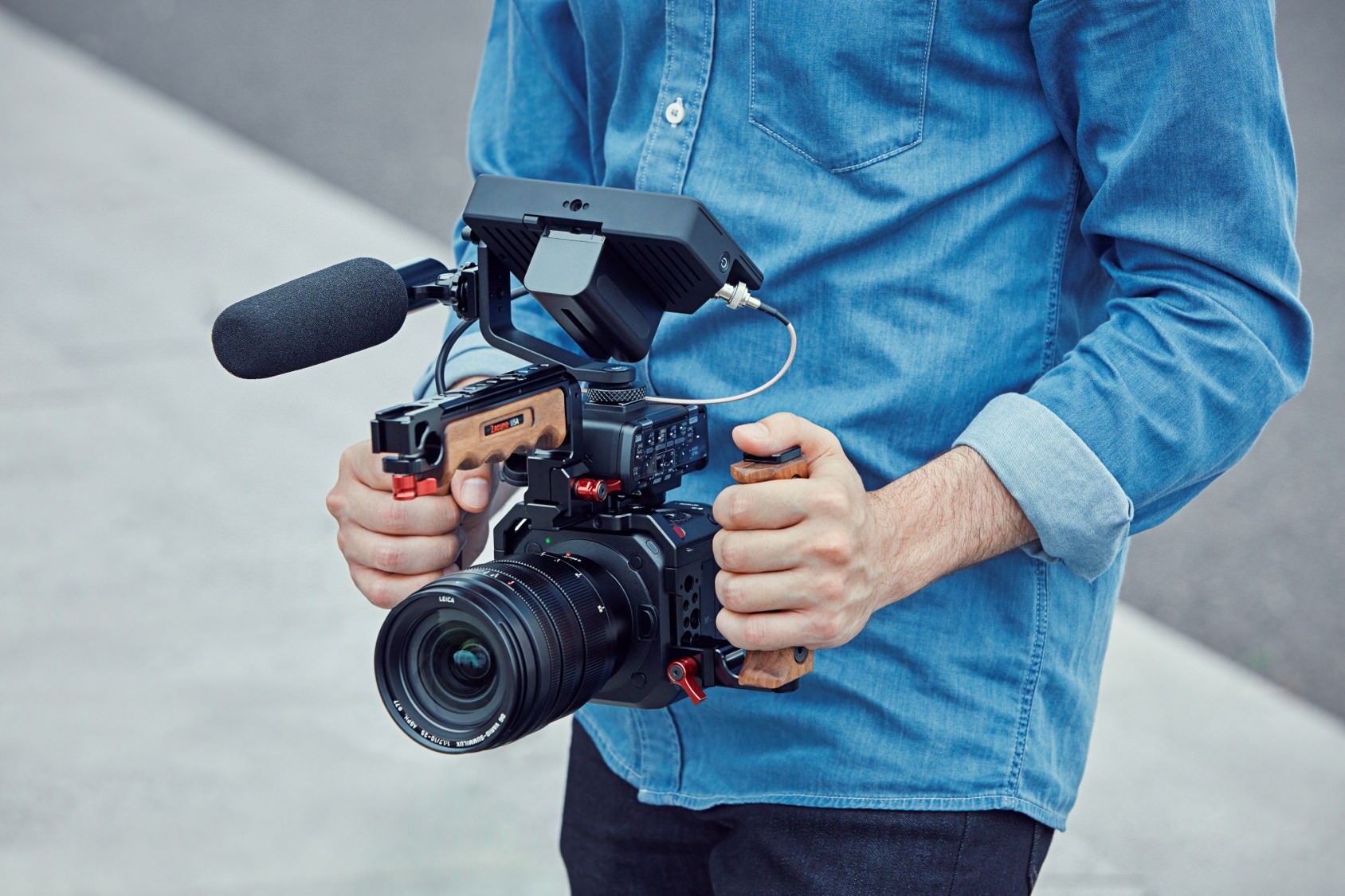Panasonic Announces their Box-Style Mirrorless Cinema Camera LUMIX BGH1
Panasonic has just announced a new box-style mirrorless camera: the Panasonic LUMIX BGH1. This camera is designed for video shooting and no stills photography, emphasizing streaming/ broadcasting/multi-camera shooting capabilities.
Based on the Micro Four Thirds System standard, the new LUMIX BGH1 takes advantage of high mobility, an extensive interchangeable lens lineup, and even includes technologies Panasonic has acquired through the development of professional cinema cameras, camcorders, and the LUMIX GH series.
Against a background of increasing streaming opportunities in addition to traditional broadcasting, Panasonic offers the LUMIX BGH1, an easy-to-install camera with high expandability allowing multi-camera control. It can be used in a variety of ways from shooting on drones to IP remote control to live streaming and more.
The new LUMIX BGH1 integrates a 10.2-megapixel Live MOS Sensor with Dual Native ISO technology and the Venus Engine. Dual Native ISO is a technology that seamlessly bridges two circuits of separate native ISO, which is used in Panasonic Varicam models for professionals. Normally, noise increases as sensitivity rise with a single native ISO image sensor. However, the image sensor with Dual Native ISO minimizes noise generation by choosing an optimal circuit to use according to the sensitivity before gain processing. As a result, it allows a maximum ISO 51,200 high sensitivity recording.
The LUMIX BGH1 enables 4:2:0 10-bit C4K/4K 60p or 4:2:2 10-bit All-I C4k/4K 30p internal video recording. The camera can record video with a designated gamma curve compatible with ITU-R BT.2100, and users can now choose Hybrid Log-Gamma (HLG) in Photo Style. A low-bit-rate recording mode C4K/4K HEVC/H.265 for HLG is also available. V-Log L now features log characteristics with 13 stops of wide dynamic range and is pre-installed. It is also capable of 4K 4:2:2 10-bit C4K/4K 60p output over HDMI.
The VFR (Variable Frame Rate) lets users record overcranked / undercranked video in C4K/4K (60 fps, maximum 2.5x slower in 24p) and FHD (240 fps, maximum 10x slower in 24p). The minimum frame rate for quick motion video is 2 fps.
The LUMIX BGH1 also incorporates advanced deep learning technology that detects specific subjects like humans and fast-moving animals, including dogs, cats, and birds. Notably for humans, in addition to the eye, face, and body, the head is separately recognized by real-time detection technology to provide even more precise focusing. The camera keeps tracking the subject even if they move quickly, turn their back to the camera, tilt their head, or move far away from the camera.
The aluminum and magnesium alloy body is relatively small, at 93mm per side and 78mm deep (3.66 x 3.07 inches). Notably, the camera lacks both a viewfinder and a screen but includes eleven 1/4″-20 sockets for mounting accessories or a tripod. An integrated fan and internal heat dispersion system allow for unlimited record times, and a hot shoe mount on top of the camera can be used to mount a microphone or Panasonic’s DMW-XLR1 XLR adapter.
Camera controls include a dial with a four-way controller on top, several dedicated function buttons and three custom function buttons.
The BGH1 also has very different ports than your typical Micro Four Thirds camera. For example, there’s an ethernet port that can utilize Power over Ethernet+ to power the camera over ethernet in addition to transmitting video signal and camera control.
On the back of the camera, you’ll find three BNC connectors that support 3G SDI-out, timecode in/out, and genlock, which is useful for syncing cameras on multi-cam setups. There are also full-sized HDMI-out and USB-C (USB 3.1) connections. The USB-C, SDI, and HDMI ports can all provide video output simultaneously. Finally, there are 3.5mm mic and headphone jacks.
Other features include anamorphic lens support, including desqueezed output over SDI, USB-C or ethernet, facilitating remote operation of an anamorphic rig, front and rear tally lamps, and 2.4 GHz Wi-Fi and Bluetooth.
In-camera storage comes from dual UHS-II SD card slots, which can be used either for simultaneous or relay recording. For power, the camera utilizes batteries from Panasonic’s professional camcorder line, with capacities up to 11,800 mAh for extended recording. The camera also includes a dedicated DC-in plug for running off external power.
The Panasonic LUMIX BGH1 will be available at the end of October for $1,999.
More info on Panasonic’s website.

